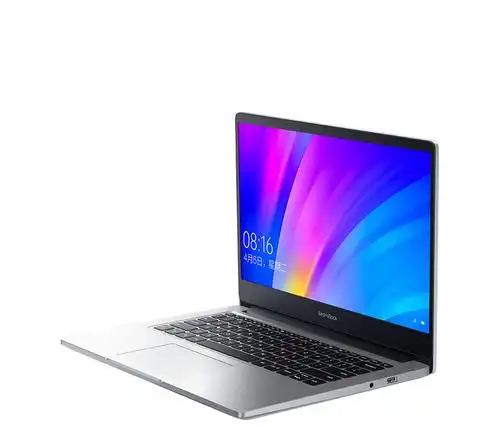Gaming Laptop Price Surge Following Government Subsidy Program
A recent government subsidy program offering 20% off on electronics has led to unexpected price increases in gaming laptops, with manufacturers adjusting base prices upward to partially offset the discount effect.

The introduction of the government’s 20% subsidy program for electronics in China has created an intriguing market dynamic in the gaming laptop sector. Initially designed to stimulate consumer spending, this initiative has produced some unintended consequences.
When the subsidy program first launched, several laptop models saw significant discounts. For instance, the Lenovo Legion Neo with i9-14900HX CPU and RTX 4060 GPU was available for ¥6,959 after subsidy, down from its original price of ¥9,499. Similarly, the HP Omen 10 featuring i7-14650HX and RTX 4070 was offered at ¥6,559 with the subsidy applied.
However, this initial wave of genuine discounts was short-lived. Manufacturers began implementing strategic price adjustments. A telling example is the Redmibook 14 Pro 2024 model. Originally priced at ¥5,499, it saw an increase to ¥5,899 after the subsidy program began. The OnePlus 14X similarly rose to ¥4,199.
This pricing behavior reflects a calculated response from manufacturers. The subsidy program created an opportunity for them to maintain or even increase profit margins while technically still offering “discounts” to consumers. The strategy involves raising base prices so that the post-subsidy price remains close to, or sometimes even higher than, the original retail price.
Market analysts note that laptop prices typically follow a natural depreciation cycle based on GPU generations, with significant price reductions occurring every two years. The current subsidy program has disrupted this pattern, with some manufacturers using it as leverage to maintain higher prices despite the products being in their end-of-cycle phase.
The most successful implementations of the subsidy program occurred during its first month, particularly in major cities like Beijing and Guangzhou. However, the effectiveness diminished as manufacturers adjusted their pricing strategies and scalpers entered the market, some placing bulk orders using multiple accounts.
This situation highlights how government subsidies can lead to complex market reactions, where the intended consumer benefits may be partially absorbed by strategic pricing adjustments from manufacturers. While consumers still receive some discount, the actual savings are often less than the full 20% subsidy amount.
For consumers seeking the best value, timing remains crucial. Historical patterns suggest that natural price reductions tend to occur during product cycle transitions, regardless of subsidy programs. Rather than rushing to purchase during subsidy periods, consumers might benefit from waiting for genuine market-driven price reductions.